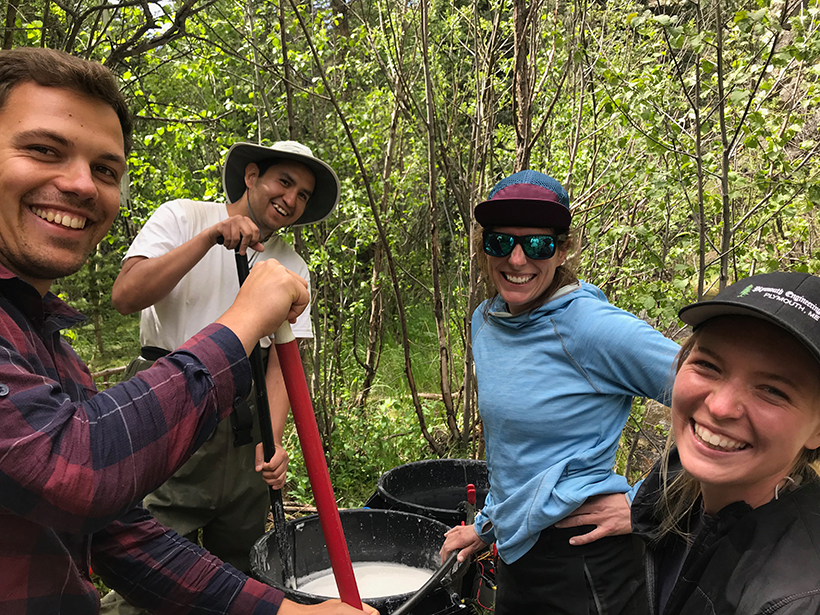Quantifying integrated hydrological processes, biogeochemical reactions, and mineralogical characteristics can help predict water quality and quantity for mine-waste rock piles.
Kamini Singha
Editor, Water Resources Research
Posted inOpinions
Demystifying Critical Zone Science to Make It More Inclusive
A new network that embraces scientists with wide-ranging experiences and expertise aims to solve the challenges of Earth’s critical zone.


